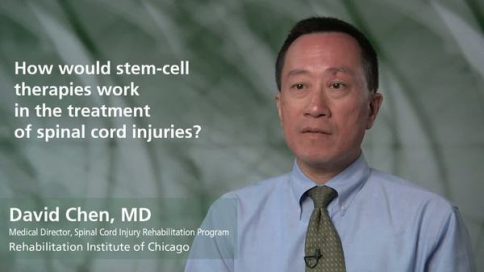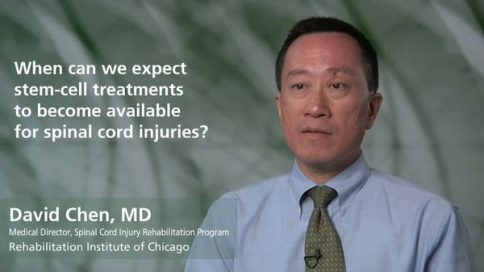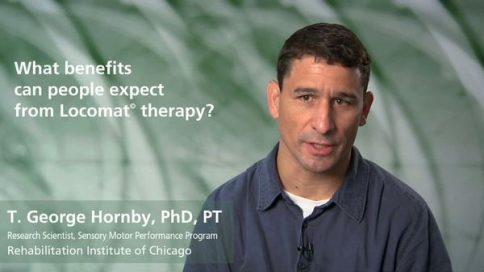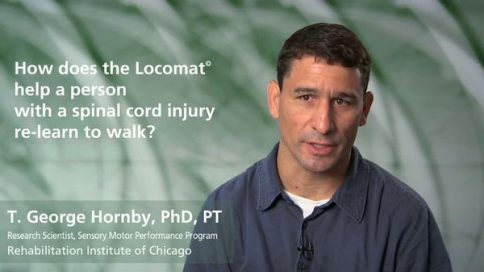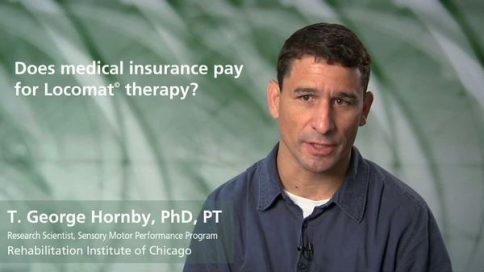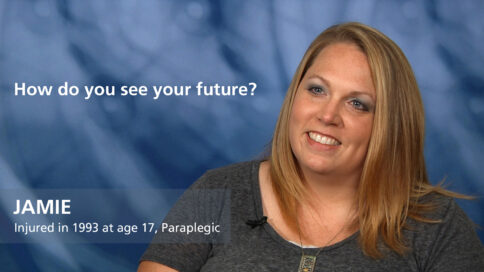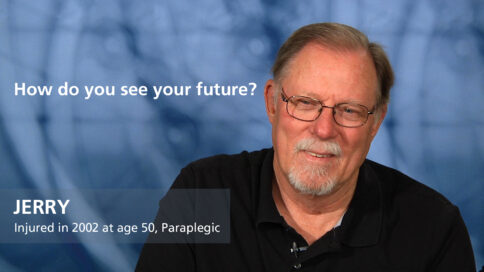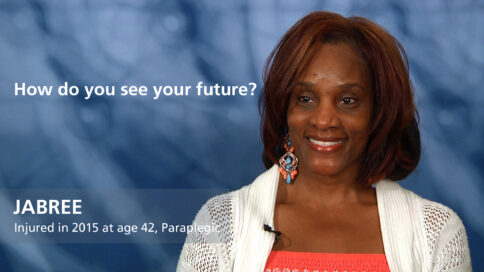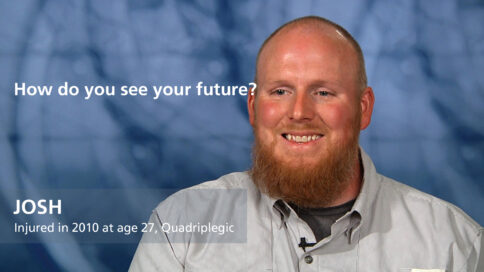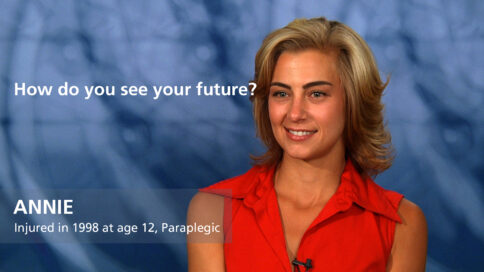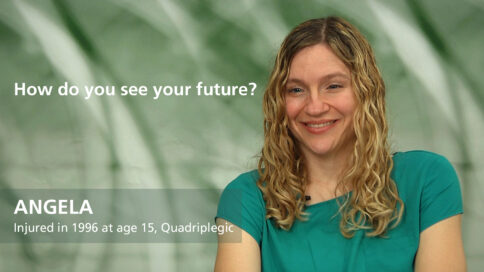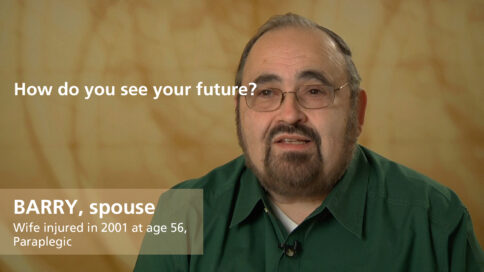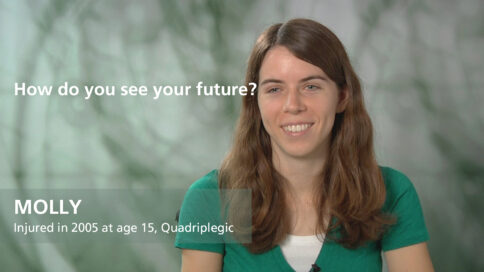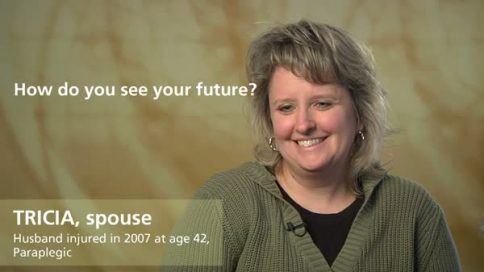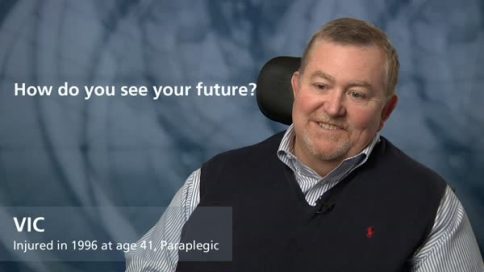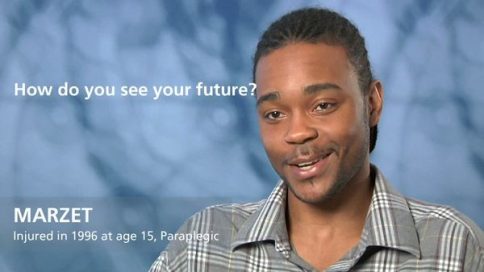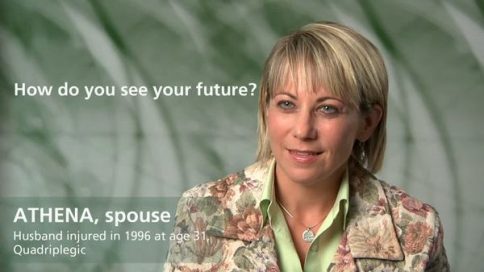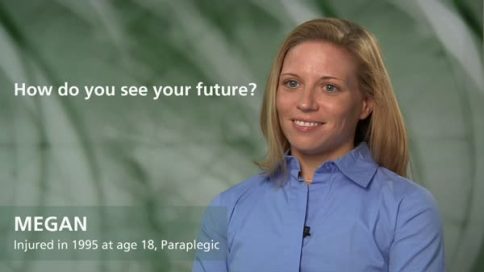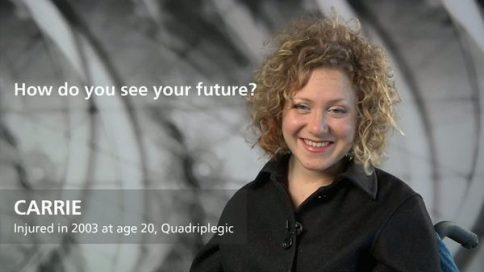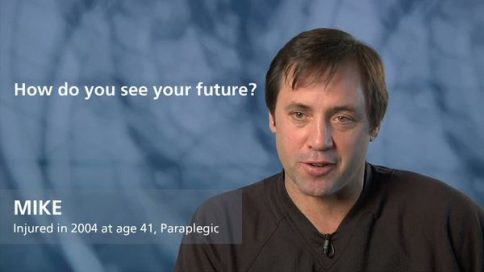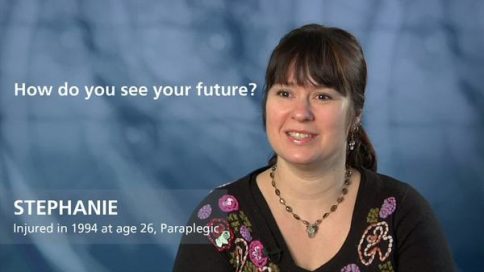What current research promises the best advances in treating spinal cord injury? - Guy W. Fried, MD
|
|
What current research promises the best advances in treating spinal cord injury? |
|
Guy W. Fried, MDChief Medical Officer, Magee Rehabilitation Hospital, Philadelphia |
||
| Read Bio | More Videos by Guy W. Fried | |
|
Share |
||
Transcript
The two ends that I see that are there are one, the bio piece, where you just look at stem cell. You’re looking at it saying, “If I were to cut my median nerve over here, my median nerve would grow one-inch-a-month, and grow exactly to my hand of where my median nerve was innervated.” And, that’s in my peripheral nerve. My peripheral nerve looks very much like my central nerve. If were to cut my neck and I wanted to grow one inch, there’s a good chance I couldn’t cut it. Or if I wanted to cut my brain, it could never do that little growth in there. So, there something different between the fertilizer that we have in the peripheral nervous system, with the genetic makeup. To say, “Grow over here in an arm, but not over here in the brain, or spine.” That is seemingly an easy project, certainly a Nobel Prize, but seemingly an easy project to figure out when these look alike, what in fact is different about them. I think that it’s just a matter of breaking through, and figuring out what is that we can do, so we can gap the injuries. Because the injuries that are spinal cord injuries, they’re not all that impressive. Few are ever severed, few are problematic. You know, if it were a bone, it’d be a piece of cake; if it were a muscle, it’d be a piece of cake. It’s only a real problem because it happens to be a central nerve. If it were any other part of the body, it would be no problem. You do worse to your knee when scrape your knee every time you’re falling, every time you’re getting a black and blue. It’s just very sensitive tissue, and it’s a matter of making sure that sensitive tissue can regenerate. So, that’s hope number one in my mind. Hope number two is the opposite end of just looking at the robotics, looking at the exoskeletons, looking at the Lokomats, looking at the fine technology that you’re looking at and saying, “Why is it that I can’t walk or run, or be the six-million-dollar man?” Well, absolutely I can, it’s just a matter of getting the technology out there, and you should be able to put the micro processors in my knee, in my hip, in my ankle to get me to be able to run 60-miles-an-hour after a spinal cord injury. There’s no reason why you can’t do that. So, those are my two hopes, and I accept fully to see them in my lifetime.
Show Less|
|
||
add
What current research promises the best advances in treating spinal cord injury? |
||
Guy W. Fried, MDChief Medical Officer, Magee Rehabilitation Hospital, Philadelphia |
More Videos by Guy W. Fried | |
| Transcriptadd | share | |
The two ends that I see that are there are one, the bio piece, where you just look at stem cell. You’re looking at it saying, “If I were to cut my median nerve over here, my median nerve would grow one-inch-a-month, and grow exactly to my hand of where my median nerve was innervated.” And, that’s in my peripheral nerve. My peripheral nerve looks very much like my central nerve. If were to cut my neck and I wanted to grow one inch, there’s a good chance I couldn’t cut it. Or if I wanted to cut my brain, it could never do that little growth in there. So, there something different between the fertilizer that we have in the peripheral nervous system, with the genetic makeup. To say, “Grow over here in an arm, but not over here in the brain, or spine.” That is seemingly an easy project, certainly a Nobel Prize, but seemingly an easy project to figure out when these look alike, what in fact is different about them. I think that it’s just a matter of breaking through, and figuring out what is that we can do, so we can gap the injuries. Because the injuries that are spinal cord injuries, they’re not all that impressive. Few are ever severed, few are problematic. You know, if it were a bone, it’d be a piece of cake; if it were a muscle, it’d be a piece of cake. It’s only a real problem because it happens to be a central nerve. If it were any other part of the body, it would be no problem. You do worse to your knee when scrape your knee every time you’re falling, every time you’re getting a black and blue. It’s just very sensitive tissue, and it’s a matter of making sure that sensitive tissue can regenerate. So, that’s hope number one in my mind. Hope number two is the opposite end of just looking at the robotics, looking at the exoskeletons, looking at the Lokomats, looking at the fine technology that you’re looking at and saying, “Why is it that I can’t walk or run, or be the six-million-dollar man?” Well, absolutely I can, it’s just a matter of getting the technology out there, and you should be able to put the micro processors in my knee, in my hip, in my ankle to get me to be able to run 60-miles-an-hour after a spinal cord injury. There’s no reason why you can’t do that. So, those are my two hopes, and I accept fully to see them in my lifetime.
